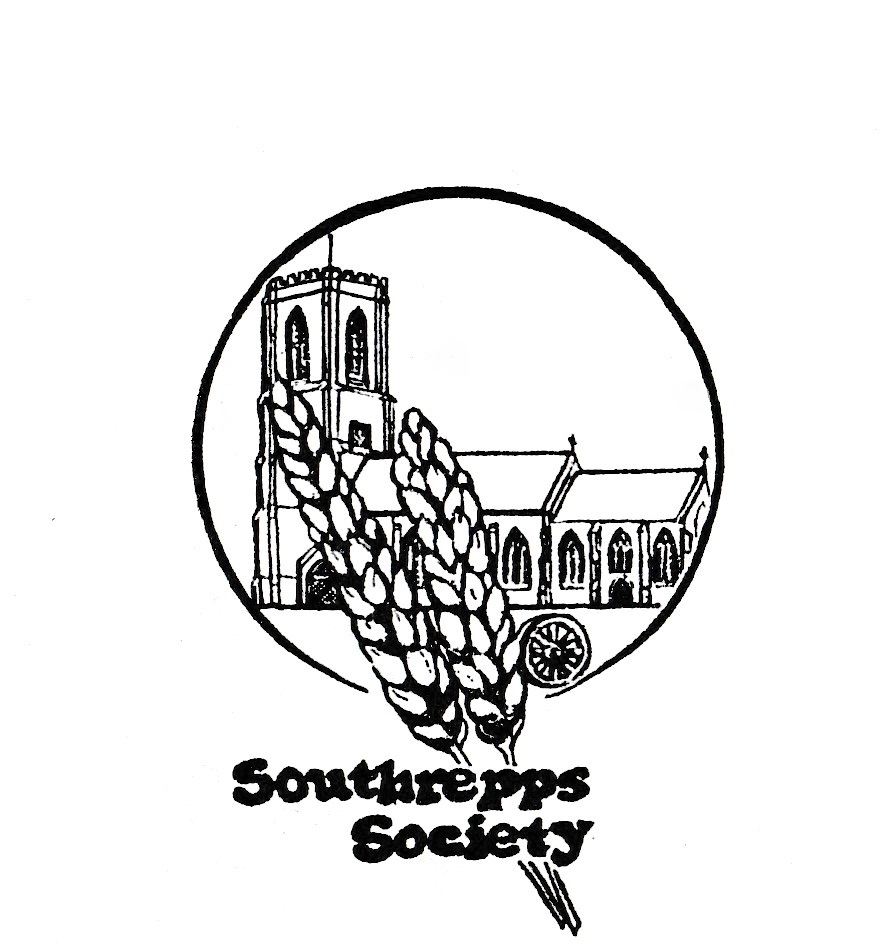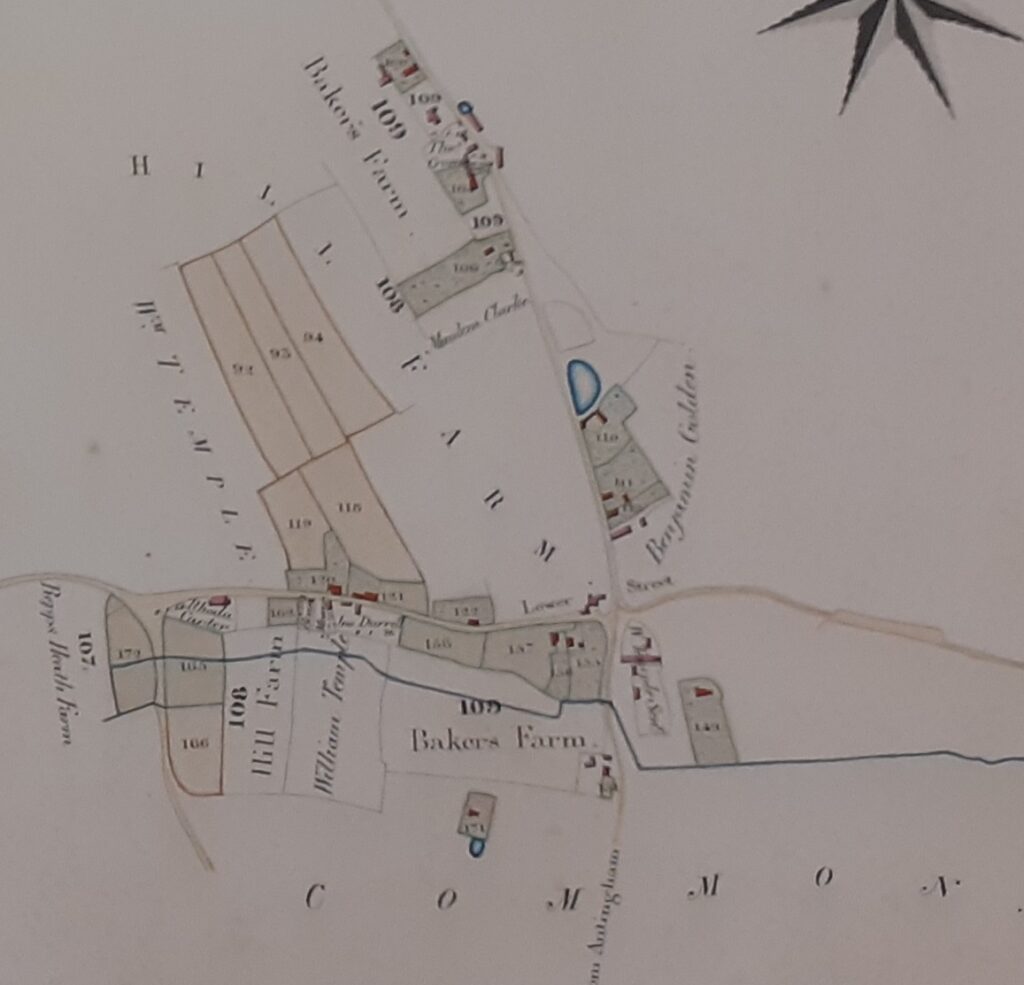
Pit Street runs from Stump Cross on the Mundesley Road to the crossroads with Chapel Road and Warren Road. For over half its length it passes along a sunken road between the fields of the Wayware estate. It has a mix of very old cottages found on the 1784 estate map and modern properties dating from the 1980s as well as two significant farm houses Hill House and Garden Farm neither are shown on the Gunton Estate map as they were not owned by the estate. In 1906 the fields behind Garden Farm are shown as allotments as is the field opposite the Pit.
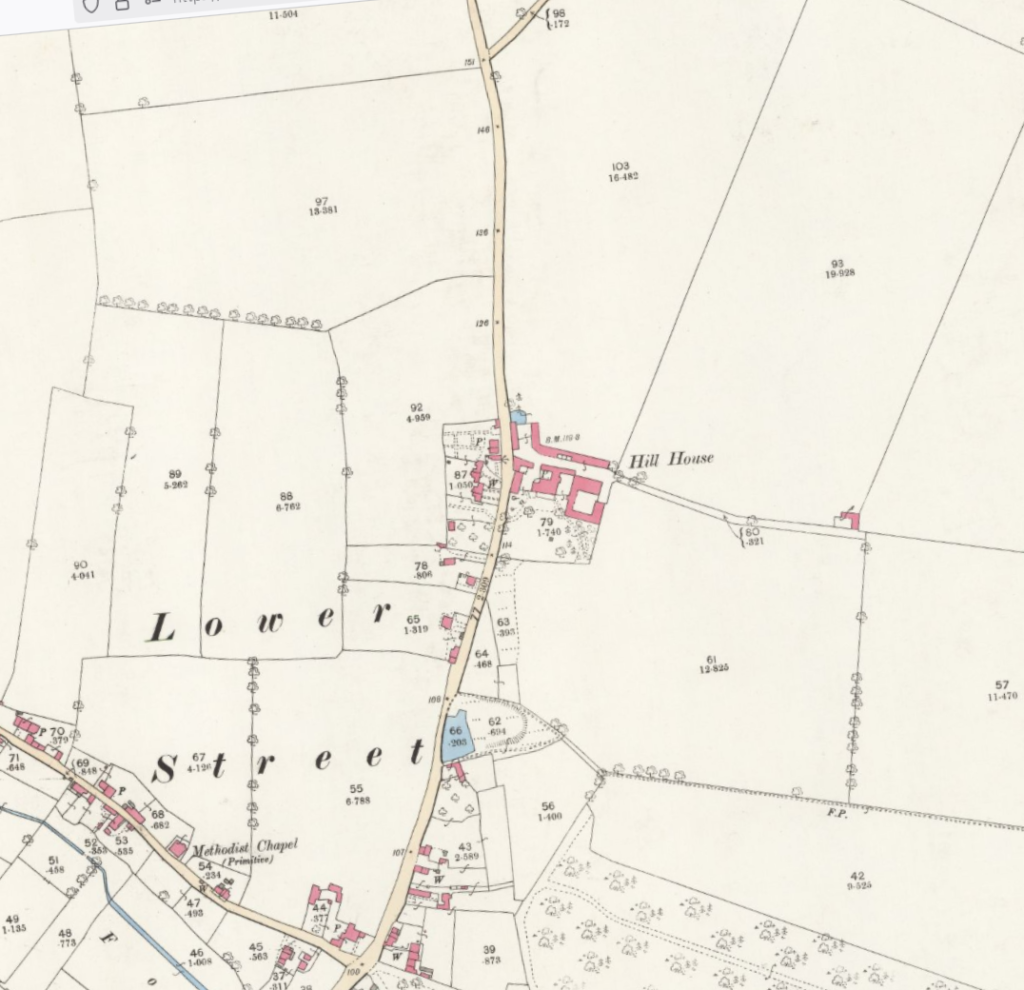
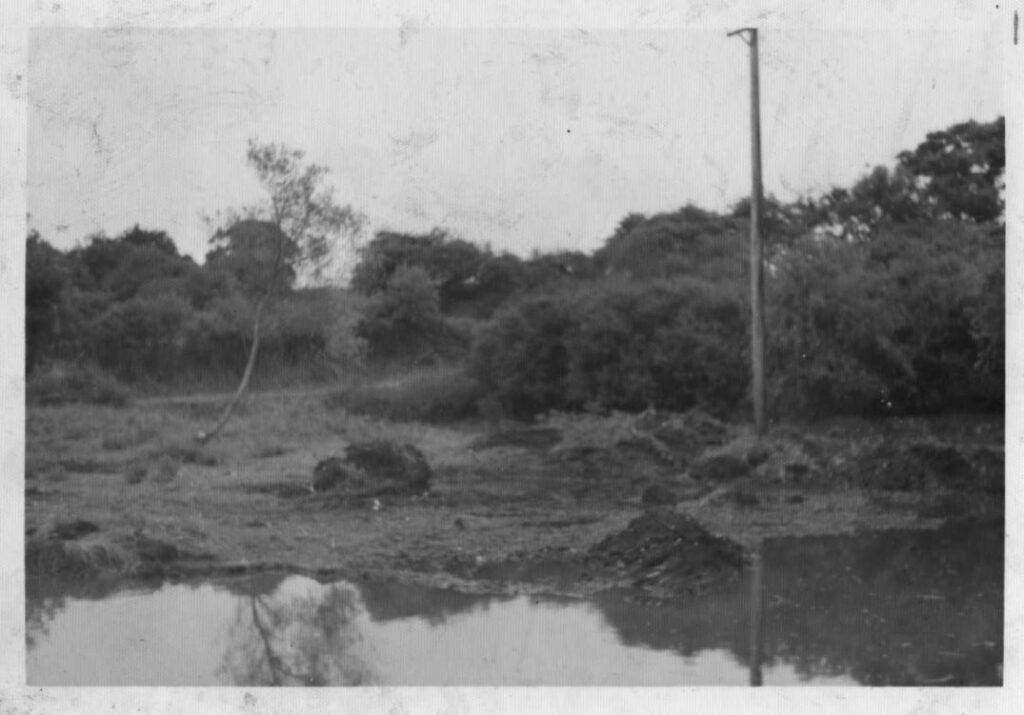
The road passes by the Pit, a pond formed from an old sand quarry from which the road got is name. This is now owned by the Norfolk Wildlife Trust and is an important breeding site for the common toad.
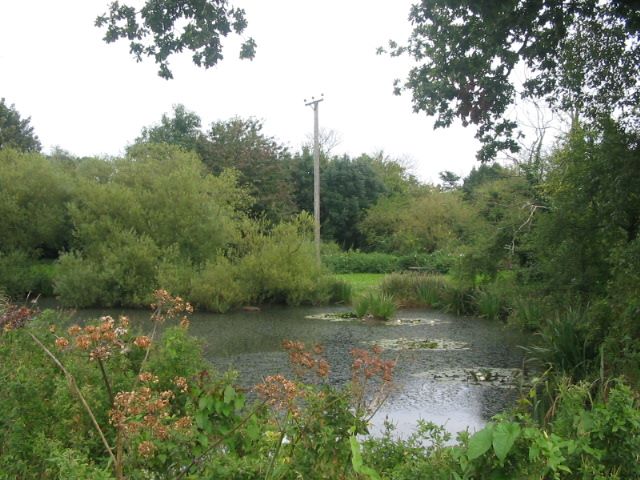
Sadly the Pit is at time of writing infested with Crassula Helmsii (also know as New Zealand pigmyweed) a plant that smothers all other plants.
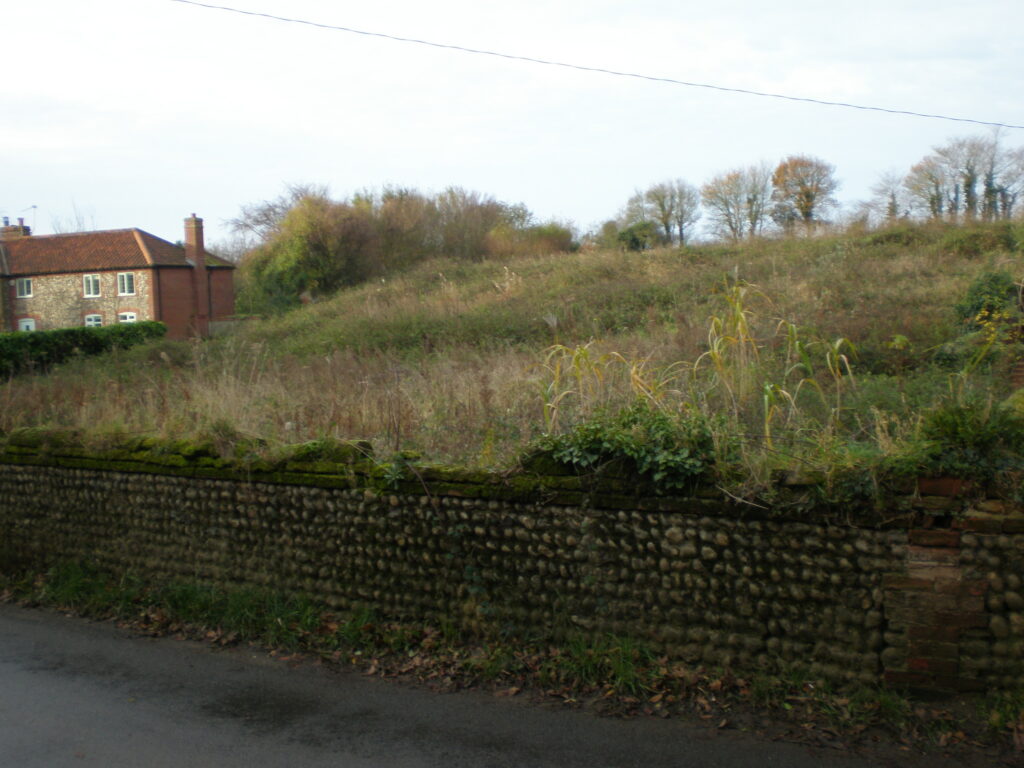
The newest property is the conversion of one of the Hill House barns to become Dragon Hall in about 2021.
Table of Contents
Lilac Cottage
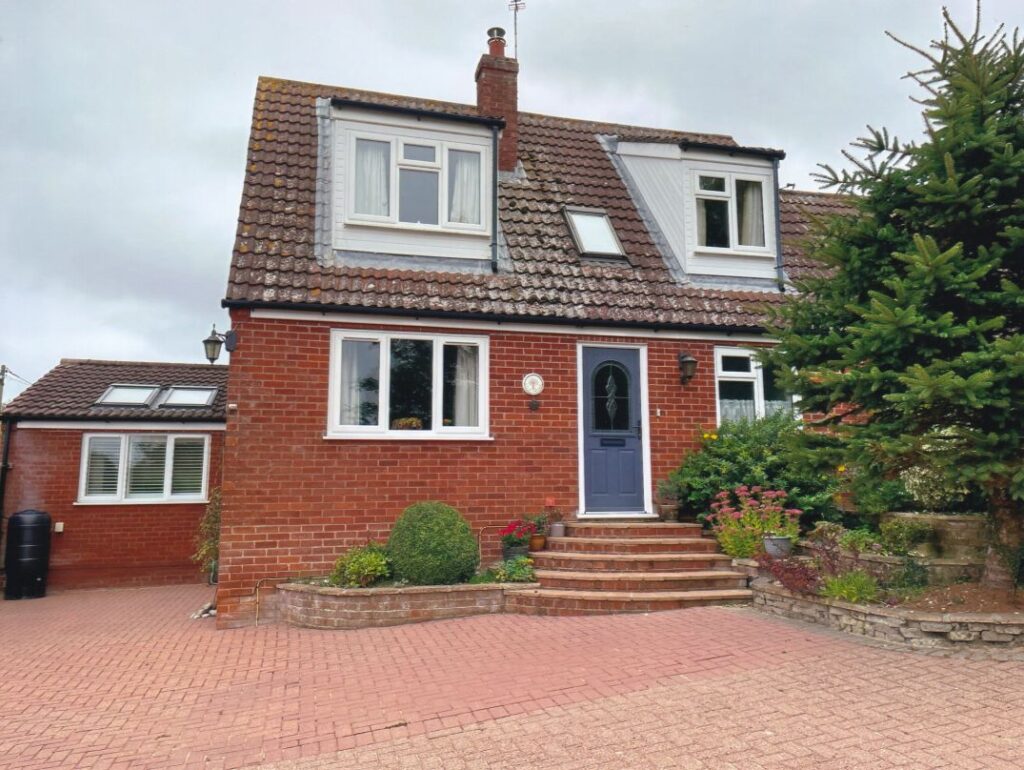
Lilac Cottage was built by Michael Drury in 1981. It is semi-detached with High bank. He bought the land for Lilac cottage and High Bank from Alfred King of Trunch. Mr King had bought the land in 1977 from the estate of Laura Knights of Garden farm who had died that year. His intention had been to build three houses on the plot and he had applied for planning permission in 1977. He never did build the houses, eventually selling the land to Michael and Mary Drury in 1980.
The land had previously been owned by Laura’s father Frederick William Knights and before him by John Knights and before him by her great great Grandfather Charles Knights, who died in 1916. It had previously been described as wasteland next to the Pit.
The house was sold again in 1983 to John and Mary Peck and again in 2004 when Rosemary and Allan Burrell the current owners bought it. The original house has been extended.
